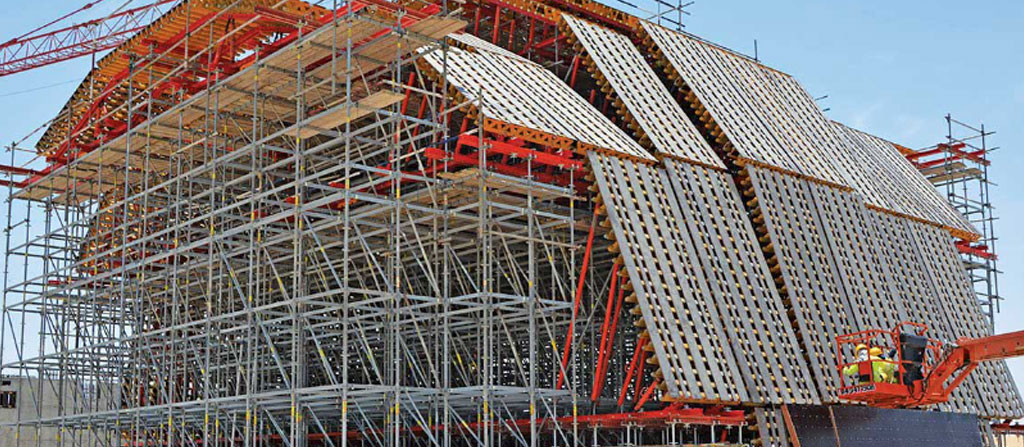Can scaffolding be easily adjusted or expanded as the project progresses?
As construction projects progress, their requirements often change. Whether it's due to unforeseen structural challenges or modifications in project scope, the ability to adjust and expand scaffolding is crucial for maintaining workflow efficiency and safety. Let's delve into how scaffolding can be adapted to the evolving needs of a construction project.

Flexibility of Scaffolding Systems
Modern scaffolding systems are designed with flexibility in mind, allowing for adjustments and expansions to accommodate the dynamic nature of construction projects. This adaptability is key to addressing various construction phases and requirements efficiently.
Adjusting Scaffolding
- Height Adjustments: Scaffolding can be easily extended or reduced in height to access different work areas as the project demands. This is particularly useful in multi-stage construction projects where access needs change over time.
- Reconfiguration: The modular nature of many scaffolding systems allows for reconfiguration of the layout. This means scaffolding can be reshaped and adapted to new dimensions or shapes to suit the project's evolving needs.
Expanding Scaffolding
- Adding Sections: As construction projects expand, additional scaffolding sections can be seamlessly integrated into the existing structure, providing extended coverage and access without compromising stability or safety.
- Bridging and Cantilevering: For projects that require access across gaps or extensions beyond the main structure, scaffolding can include bridging sections or cantilevered platforms, offering solutions for complex architectural features.
Safety Considerations
While adjusting or expanding scaffolding provides necessary flexibility, safety remains paramount. Each modification should be:
- Planned by Competent Persons: Any adjustments or expansions should be planned and supervised by individuals with the necessary knowledge and experience in scaffolding systems.
- Accompanied by Inspections: Following any change, the scaffolding should be inspected to ensure it meets all safety standards and is fit for continued use.
- Compliant with Regulations: All adjustments and expansions must adhere to local safety regulations and standards, ensuring the structure's integrity and the safety of all workers.
Benefits of Scaffolding Adaptability
The ability to adjust and expand scaffolding as a project progress offers several benefits:
- Cost-Efficiency: Adapting existing scaffolding to meet new requirements is often more cost-effective than erecting new structures from scratch.
- Reduced Downtime: Quick adjustments and expansions can minimize project delays, keeping timelines on track.
- Enhanced Safety: Tailoring scaffolding to specific project phases and requirements ensures that safety measures are always appropriately in place.
